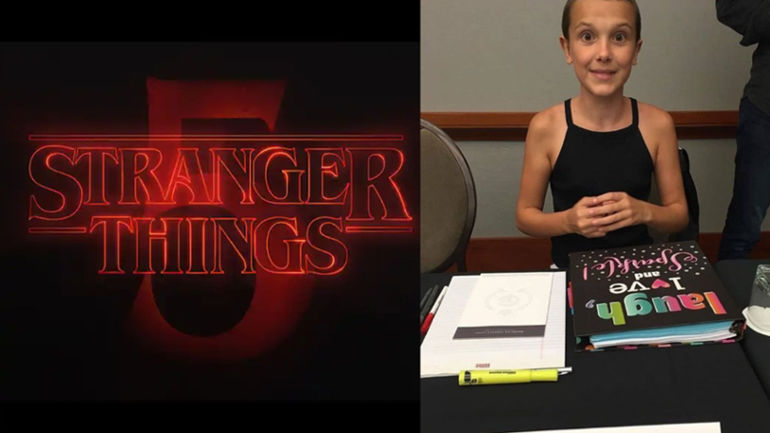In a recent LinkedIn post, Andreas Roettl, CEO of the tech company Journi, sparked a significant conversation by asserting that companies should equip their managers and team leaders with the skills necessary to effectively fire employees. Roettl’s provocative claim drew mixed reactions, as he emphasized that the ability to lay off or firing of staff is just as crucial as the hiring process itself.
“Firing Is as Important as Hiring”
Roettl’s post opened with the statement, “I am really good at firing people… says no one ever. But we should!” He elaborated that, while many shy away from the topic, being adept at firing employees is essential for maintaining a happy and robust team environment. “Firing will save your team spirit and culture,” he stated, advocating for a more proactive approach to employee management.
HAVE A LOOK AT THE VIRAL POST:
The CEO explained that at Journi, a tech firm specializing in using artificial intelligence to print photos, formal training is provided to team leaders and managers on how to navigate the difficult task of letting employees go. During this training, leaders practice the firing process and utilize early warning systems to evaluate employee performance.
Emphasizing Support and Improvement
Roettl stressed the importance of providing employees with opportunities for improvement before resorting to termination. He likened this process to a soccer game, where players receive a yellow card as a warning. He encouraged managers to have clear conversations with underperforming employees, outlining expectations and offering support to help them improve.
“Just like in soccer, there must be a clear first warning: the yellow card, so to speak,” he noted. However, he cautioned that if an employee fails to show progress within a reasonable timeframe, it might be time to part ways. “I vividly remember the first time I had to let someone go—I felt awful. But the team felt better afterward, and the replacement helped us reach the next level,” Roettl reflected.
Mixed Reactions from the Online Community
After sharing his thoughts, Roettl received feedback from concerned colleagues who warned him that his post could negatively impact the company’s hiring efforts. In a follow-up message, he apologized for any hurt feelings, affirming that his intention was to recognize and protect the contributions of his team.
The post, however, drew criticism from various LinkedIn users who perceived it as tone-deaf. One user remarked, “I don’t think this completely tone-deaf post is anywhere near the flex you think it is.” In response, Roettl acknowledged the feedback and expressed a willingness to learn from the criticism, stating, “You are right; if you get such feedback, I probably didn’t find the right setting and tone to bring my message across. Fair enough.”
Roettl’s bold stance on firing employees has ignited a debate about the role of termination in the workplace and how it can be approached with sensitivity and care. While his views highlight a challenging aspect of management, the reaction from the public underscores the need for a balanced approach that considers the well-being of employees alongside organizational goals.














